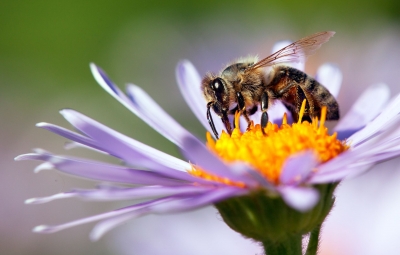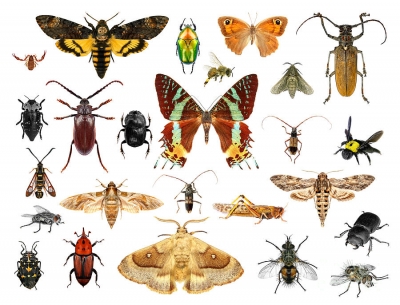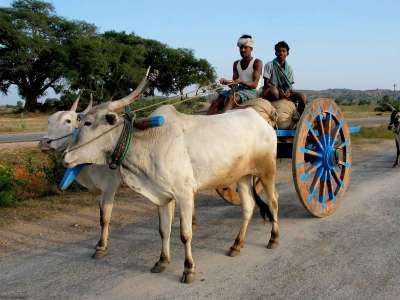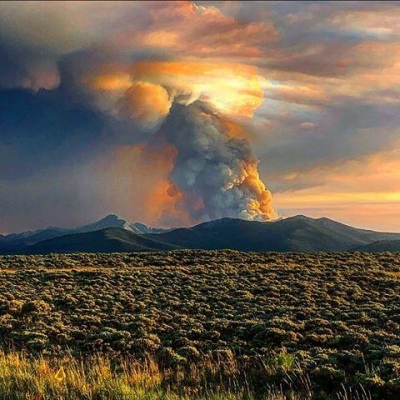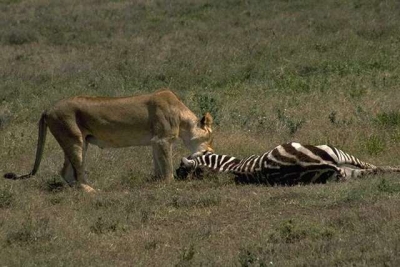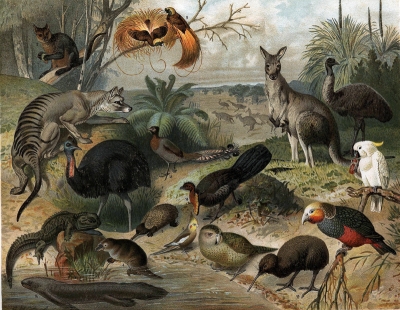WHAT ARE REPTILES?
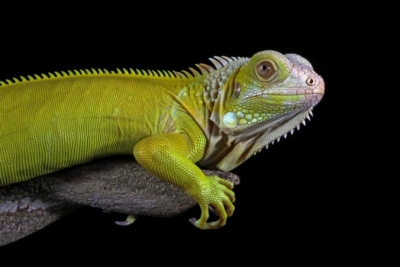
|
Reptiles are scaly-skinned creatures such as crocodiles, lizards and snakes. They are cold-blooded, which means they depend on the Sun for warmth and have to move back and forth between warm and cold places to maintain the right temperature in their bodies. They may spend hours basking in the sun to gain enough energy to hunt for food. Reptiles can survive on limited food, but they cannot live in cold places. |
Here are a few things you may not know about them:
- Lizards can’t feel warm or cold the way we can. But their movements and speed are affected by the outside temperature. So for instance, while they can’t feel cold, cold will make them slow. Imagine instead of saying “I feel cold” you would simply not be able to move as quickly.
- Green iguanas become immobile when the temperature drops below 40 degrees. Since they often like to sit in trees, when the weather in places where they live, like South Florida, gets very cold they have been known to drop out of trees. While these iguanas may appear to be dead, they are often simply cold and will thaw out in the sun. However, you should never move a frozen iguana as they often become frightened as they thaw. When they become frightened, they become unpredictable. Experts would rather you leave them where they are or notify a professional to have them moved.
- As prevalent as the Green Iguana is in Southern Florida, it is not indigenous. They were originally brought to the area as pets and were later released into the wild where they thrived. We also see this in pythons and lionfish. Never release an animal into the wild. It will affect the local ecosystem and can, in some cases, mar it for decades.
- Evidence of the earliest reptiles dates back to 312 million years ago.
- Although reptiles are often found in warm areas, they actually inhabit every continent but Antarctica.
- Reptiles come in a broad range of sizes. Of the living versions, not including anything that’s extinct, The tiniest is the gecko at under an inch and the largest on record is the saltwater crocodile, which can reach about 20 feet long.
- A crocodile needs a tenth of the food a lion does for survival. That’s why the crocodile can go up to half a year without eating, if necessary. Because of this, crocodiles can survive temporary food shortages that might kill off or cause other animals to leave an area for food. A crocodile will stay in an area long after its main food source is gone or it may look for another one. That’s the reason why when new developments are built around water, these animals may stay long after others have left due to human invasion.
- All reptiles use lungs to breathe.
- Most reptilians must hold their breath while swallowing. This is not the case for crocodilians, who have a secondary palate that allows them to continue breathing even while their mouth is full of struggling prey.
- The turtles’ lungs are attached to the inside of the top of their shells.
- On land, female green sea turtles do not breathe while they’re walking. They either rest and take a breath or wait until they are in the nest they’ve created.
- Reptiles’ skin is watertight, meaning they do not get soggy and water does not penetrate their scales.
- Reptiles shed their skin periodically. The younger they are, the more often they shed.
- Snakes shed from head to tail in one whole section, which you know if you ever come across a snakeskin. Some snakeskins, at first glance, almost look like the snake they came from. On the other hand, lizards shed their skin in patchy sections.
- Some tortoises have disproportionately large bladders. Charles Darwin noted that the Galapagos turtle can store 20% of its body weight in its bladder.
- Some reptiles that live in desert climates have secondary bladders that allow them to store water for several months.
- Reptiles digest food slower than mammals do. This is due to a slower metabolism but also the fact that many reptiles do not masticate (or chew) on their prey. Many just swallow it whole.
- Large reptiles, like crocodiles and constrictors, can live several months on a single meal.
- Some reptiles that eat plants and lack the teeth to chew them actually swallow rocks to aid in the digestion of this plant matter.
- Reptiles are considered less intelligent than mammals because the size of their brain relative to their body is smaller. However, larger reptiles have been known to play (the Komodo dragon) and show cooperation (monitors), so this may be a slightly unfair assumption.
- Most reptiles can see colors better than most mammals can.
Credit : Alligator wildlife discovery centre
Picture Credit : Google
